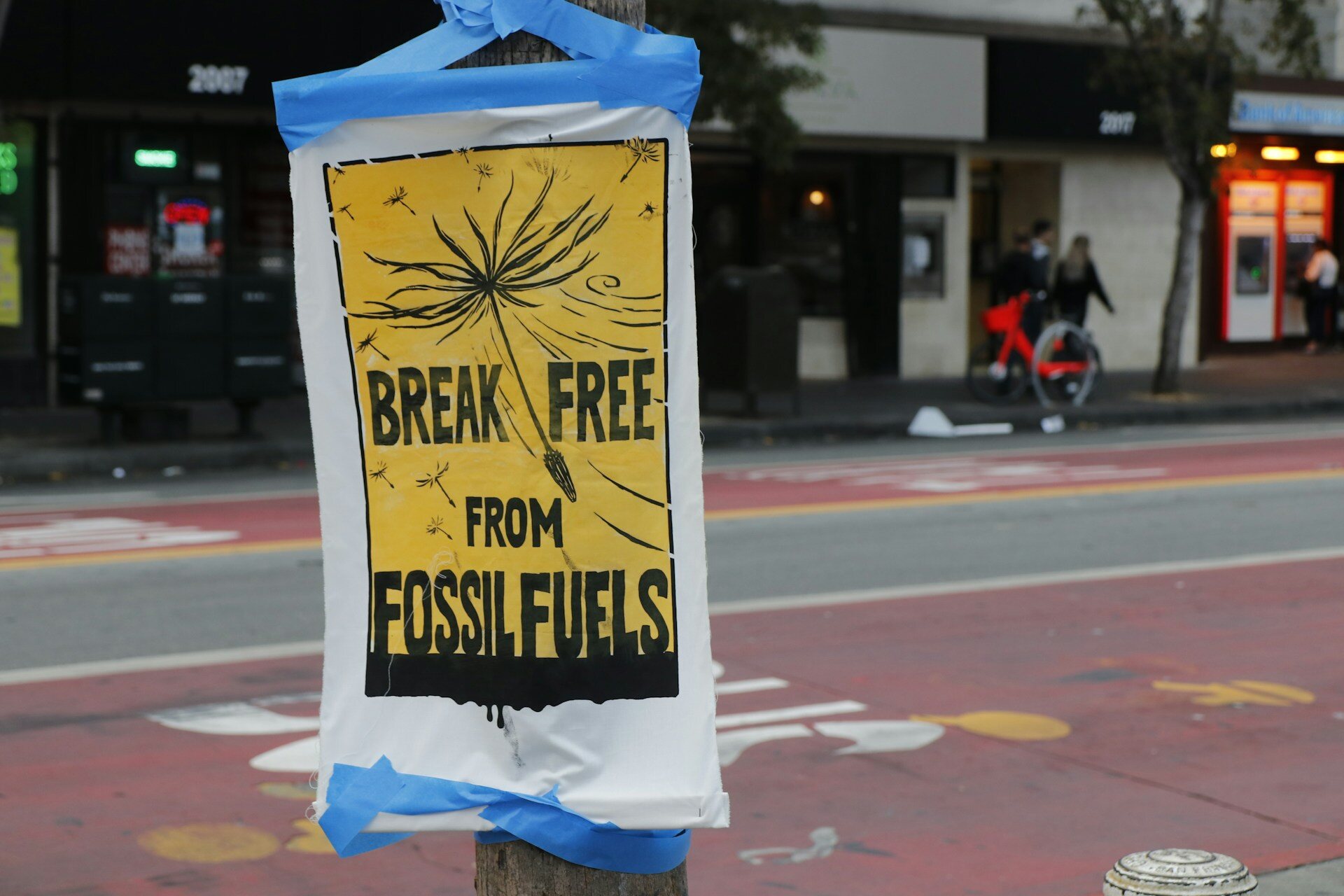What factors determine the price of carbon credits originated from fleet electrification projects?
When designing urbaniqe's carbon credit origination methodology, we paid special attention to the requirements of both the Voluntary Carbon Market and the carbon credit buyers regarding quality credits. We believe that only by enabling our Clients to issue high integrity carbon credits we fulfill our moral duty towards all stakeholders, including all those people whose wellbeing is at risk because of the climate change.
Lower quality, junk carbon credits might be a quick fix for those buyers who - to avoid penalty - offset their emissions by purchasing the cheapest option available. But the increasing awareness of their responsibility and the pressure from the public will propel more and more companies towards carbon credits that are based on projects that provide a real solution to decrease the carbon dioxide content of our Planet's atmosphere.
The price of high intergrity carbon credits indicates more realistically the social cost of emissions, and at the same time, fulfils the role of a financial tool, that green investors can rely on to realise more and more green projects.
What are the factors that define the price of the carbon credits originated by urbaniqe's methodology?
There is a number of criterion that is considered by the market - a few of them being more factual, while others are more likely a matter of taste of the buyers.
- Classification of the source project. Removal credits are the most valued by the market - and the scarcest too. While it would be the quickest way to turn climate change around if we could remove high volumes of CO2e from the atmosphere, currently these projects can only remove lower amounts and at high expenses.
Avoidance and reduction are more common, and therefore available at a higher volume and lower prices.
While removal projects are almost always engineered/ technology based projects, avoidance credits very often originate from agricultural-forestry projects. - Type of credit. Currently the price of nature-based credits are plummeting1. Partly because there are many pieces of vagueness around these projects - e.g. it can be difficult to measure their impact. On the contrary, technology based solutions are more likely to be transparent, and this transparecy is valued by the buyers.
- Type of receiver. If the credits are sold to an end-user and not to an intermediary (e.g. a broker), this would result in a sales mark-up of approximately 20%.
- The age of credit. Although there is absolutely no difference between carbon credits of various ages in that regard they all represent 1 tonne of CO2e spared from the atmosphere, it is observed in the market that credits from older projects are worth less than newer ones, and after 5 years the value of credits decreases rapidly in the eyes of buyers.
- Co-benefits. The more benefits a resource project brings, the more valuable the resulting credit is. Carbon credit origination projects might have a significance beyond their environmental impact, and benefit communities around them as well.
It is important to recognise that the absorption or avoidance of CO2 emissions is just one part of the climate fight, restoring biodiversity is also crucial to restore the balance of Planet Earth's ecosystem. Therefore such additional benefits of the source project further increase the value of carbon credits.
- Source project location. Buyers seek European credits and value them more for their higher perceived quality.
- Transparent allocation of profits. The transparency of the credit, and thus the value of the project, is increased if all stakeholders in the source project benefit from the post-financing based on a transparent methodology, and if this information is also available to the buyer (eg. in the project documentation).
- The extent of the quality-assured, real GHG impact. The most important factor, of course, is the documented and credible GHG impact quality scoring. In practical terms, this means the compliance with the MRV requirements. It is the most highly valued determinant of the price of the carbon credits, and has a greater impact on the pricing decisions of credit buyers than any other factor.
1 https://carboncredits.com/is-it-the-end-of-nature-based-carbon-offsets-ngeo-price/
You may also like
Related stories

Taking climate action, one vehicle at a time | SDG 13

Is this greenwashing, then?
